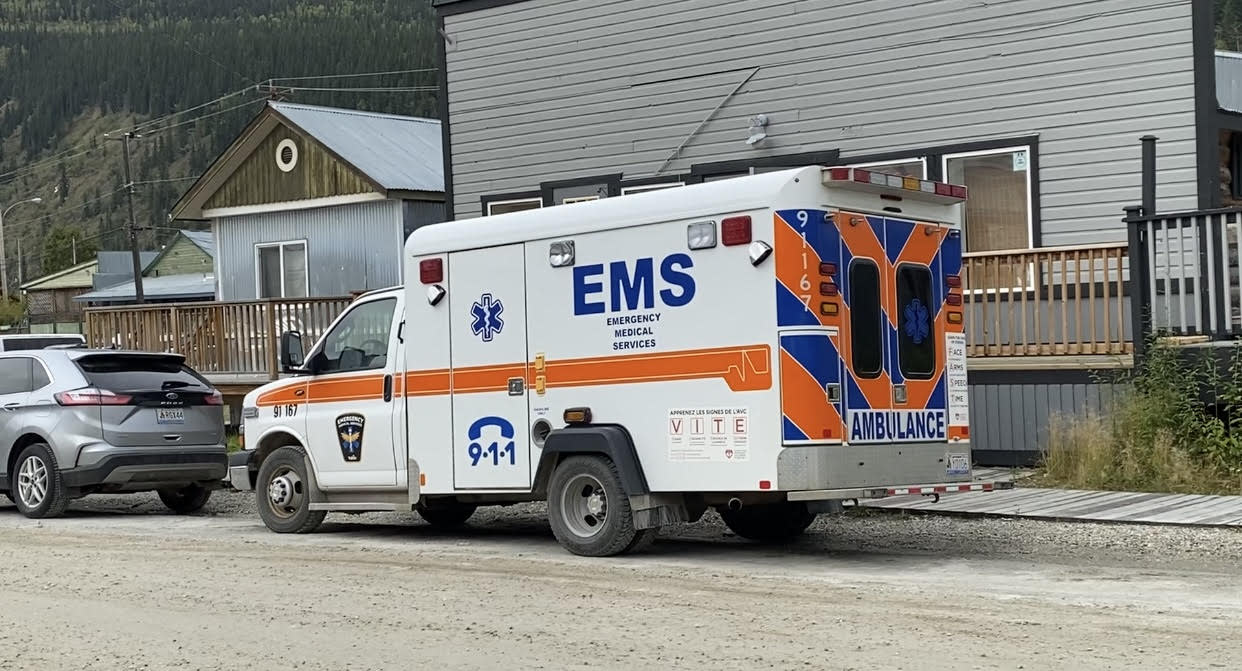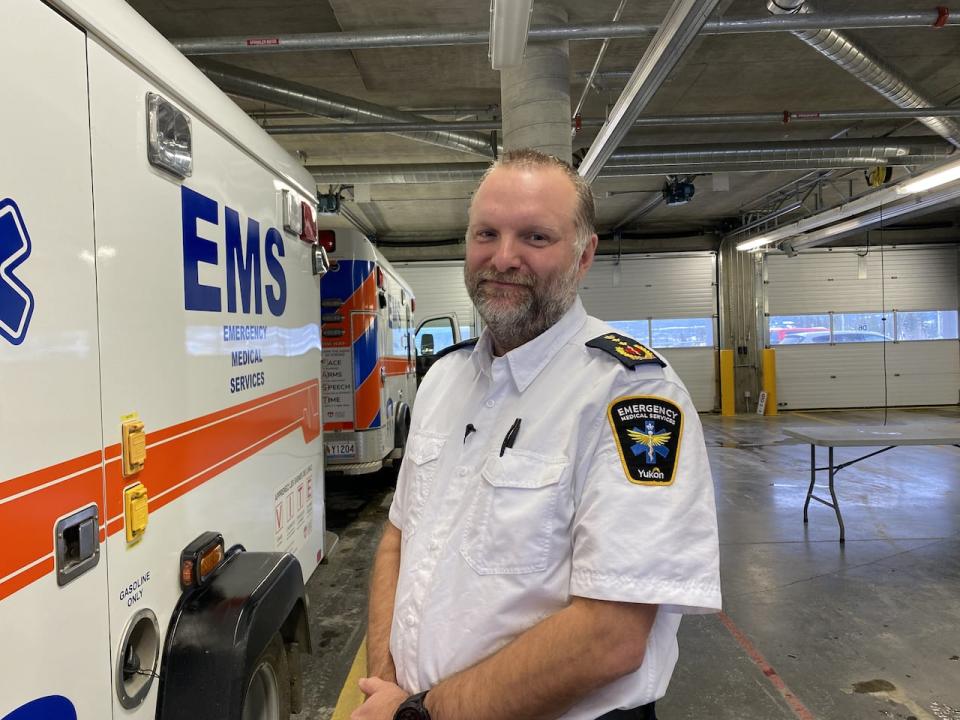Yukon gov't considers EMS pay boost to help fill community roles

Emergency Medical Services (EMS) personnel in the Yukon could soon receive more financial compensation.
The Yukon Government says it's "going in the direction" of increased pay, to attract people to fill roster gaps in small communities.
Last year, residents in Watson Lake and Dawson City voiced concerns about an apparent lack of people-power. The Dawson City fire department said it had been responding to medical calls at times when no ambulance or paramedic was available.
Acting chief of Yukon EMS Ryan Soucy said the government is currently focusing its recruitment efforts on the communities of Pelly Crossing and Teslin where "there is an increased need."
"We're also actively recruiting in all communities for what's called the community responder position," he said.
He said that role offered paid, in-house training, and compensation on the job.
"You basically choose when you want to be on call, and then if you do end up responding to emergency or non-emergency call, there is an hourly rate based on the level of training that you have."
However, Soucy said sweetening the pot could convince more people to sign up.
He said the on-call honorarium — currently $3.71 an hour — is being reviewed.
Pay currently varies "anywhere from a standard first aid attendant making anywhere between $20 and $28 an hour, to an EMR [emergency medical responder] making about $28 to about $30, $31.... And there's extra benefits if you're a superintendent at a local station," he said.

Ryan Soucy, with Yukon Emergency Medical Services, stands in the ambulance bay at Yukon EMS headquarters in Whitehorse. He said said the government is currently focusing its recruitment efforts on the communities of Pelly Crossing and Teslin where 'there is an increased need.' (Anna Desmarais/CBC )
But Soucy noted there are other incentives besides money.
"When you're part of the team, you get some lifelong skills as well. We have some members that have started community EMRs, now they're paramedics in Whitehorse, Watson and Dawson. Some have progressed all the way up into our air ambulance program," he said.
"It's neat. It could lead to a full-time position or a change in career potentially for someone."
Data from 2022, provided in the legislative assembly last fall, shows that Yukon communities had full EMS coverage 68 per cent of the time.
Association of Yukon Communities (AYC) president Ted Laking said human resourcing had remained a "challenge" since then.
However he felt the government had made some headway to improve coverage.
"I have heard from our membership that in recent months, they've noticed some improvements. In particular, in Watson Lake that over the holidays there were some extra shifts put on, there's been some efforts to recruit locally. So they are seeing some improvements," Laking said.

Ted Laking, president of the Association of Yukon Communities, supports the idea of offering more money. 'We'd like to see EMS coverage have zero lapses,' he said. (Submitted by Ted Laking)
The government has also said that in 2022, it spent $3,000 sending air ambulances to communities with no EMS coverage. That included two occurrences in Watson Lake.
Ted Laking said that placed a burden on local authorities.
"When the Government of Yukon isn't able to deliver the services they're required to, often time it falls to the municipal government to fill that gap, and it falls to the municipal government to pay for the costs associated with filling that gap. We've run into the past, issues of reimbursement from the Government of Yukon on those costs," he said.
"On the other side we do realise the government of Yukon is responding to a number of our concerns in terms of trying to beef up staffing levels and resource levels for the communities. But of course we would like to see EMS coverage have zero lapses."
Laking supported the idea of offering more money
"If we aren't able to recruit positions because we aren't properly compensating them, then we end up with a less healthy community," he said.


